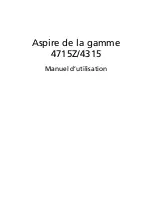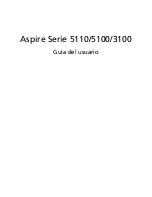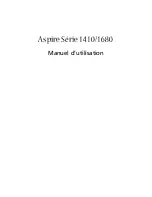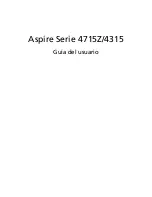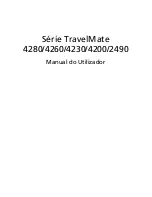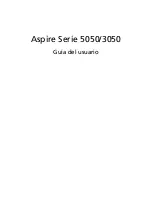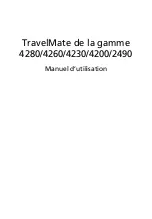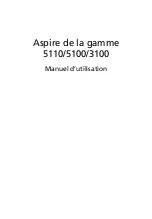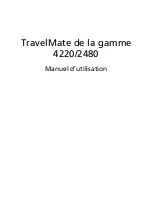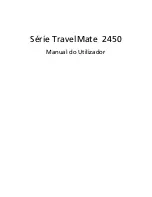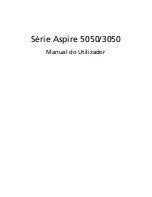
System Overview 1-7
Fn-F4
— Sets standby power management mode on, in Windows 95.
In Windows 95, press any key to resume from Standby mode.
No function when Windows 98 configured for Advanced Configuration and Power
Interface (ACPI). In Windows 98, Standby is equivalent to Windows 95 Suspend
mode. To resume from Windows 98 Standby mode, press the Power button.
Fn-F6
—
Toggles the system beep off and on.
Fn-F7
— Toggles between various power management levels in Windows 95. Beeps
indicate the level chosen as follows:
1 beep
Off
2 beeps
Custom
3 beeps
Highest Performance
4 beeps
Longest Life
No function when Windows 98 configured for Advanced Configuration and Power
Interface (ACPI).
Fn-F8
— Increases the LCD’s brightness (eight settings). Applies to XGA LCD panels
only.
Fn-F9
— Reduces the LCD’s brightness (eight settings). Applies to XGA LCD panels
only.
Fn-F10
— Provides zoom in/out control.
Fn-F12
— Toggles the scroll lock feature.
Fn-Power
— Initiates a save-to-file on demand, only in Windows 95, when the BIOS
Suspend option is set to “STF.” Saves your working environment to a reserved area on
the hard drive.
Fn-ESC
— Initiates a Save-to-Ram, only in Windows 95, when the BIOS System
Switch is set to “Sleep.” Saves your working environment to memory.
Windows keys — Use the following two keys to facilitate your work.
Shortcut/Application key – provides quick access to shortcut menus. (This key acts
like a right mouse button.)
Floating Window key – displays the Start menu.
n
Cursor Control keys — Cursor control keys let you position the cursor on the screen
where you want. On the screen, the cursor is a blinking underline, block, or vertical bar
depending on the application. The cursor indicates where the next text typed is inserted.
n
Typewriter keys — Typewriter keys (also called alphanumeric keys) are used to enter
text and characters. Keys with blue print on them behave differently when combined
with control keys or the
Fn
key.
n
Numeric Keypad — Pressing
Num Lock
on the keyboard activates the numeric keypad
numbers and functions printed in blue on top of the keys.
The keypad lets you type numbers and mathematical operands (+, –) as you would on a
calculator. The keypad is ideal for entering long lists of numbers.
When you press
Num Lock
again, the keys revert to their normal functions as typewriter
keys.



























